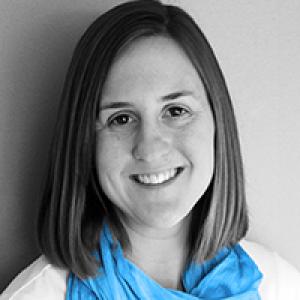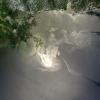We're pleased to announce the 10th Annual eResearch NZ conference, co-hosted by NeSI and REANNZ, will take place 18-20 February 2019 at the Heritage Hotel in Auckland, NZ.eResearchNZ, as a national... Read more

Jana Makar
The 2018 Science Coding Conference was held in Rotorua during 2-3 August at the Scion Campus, set in a backdrop of the redwood forest.It was a great turn out with researchers, research software eng... Read more
Join NeSI and Cray on Tuesday 25 September for a morning of lively discussion on machine learning and supercomputing in science. Hear from experts and innovators in the world of Artificial Intellig... Read more
Do you develop software used in research? Your input is needed as part of an international survey to learn more about the characteristics, opinions, and career opportunities for Research Software E... Read more
We have finalised most of our dates for user training sessions to help you get started on NeSI new platforms. These sessions will be introductory and cover the basics of getting started on NeSI's n... Read more
It has been a busy month at NeSI as our teams have been preparing the new platforms for our users! We have lots of new information to share so tune in to hear what's been accomplished since our pre... Read more
New Zealand eScience Infrastructure (NeSI) has long been a supporter, advocate, and partner of Software Carpentry and now The Carpentries. The nurturing and collaborative values of this global comm... Read more
Over the last few months, NeSI has added some new members to its team. Please join us in welcoming:Attribution: Nancy LinNancy is NeSI's new Data Analyst. Based at NeSI's Auckland offices, she is w... Read more








